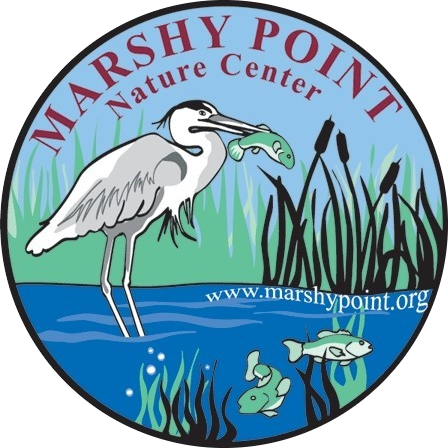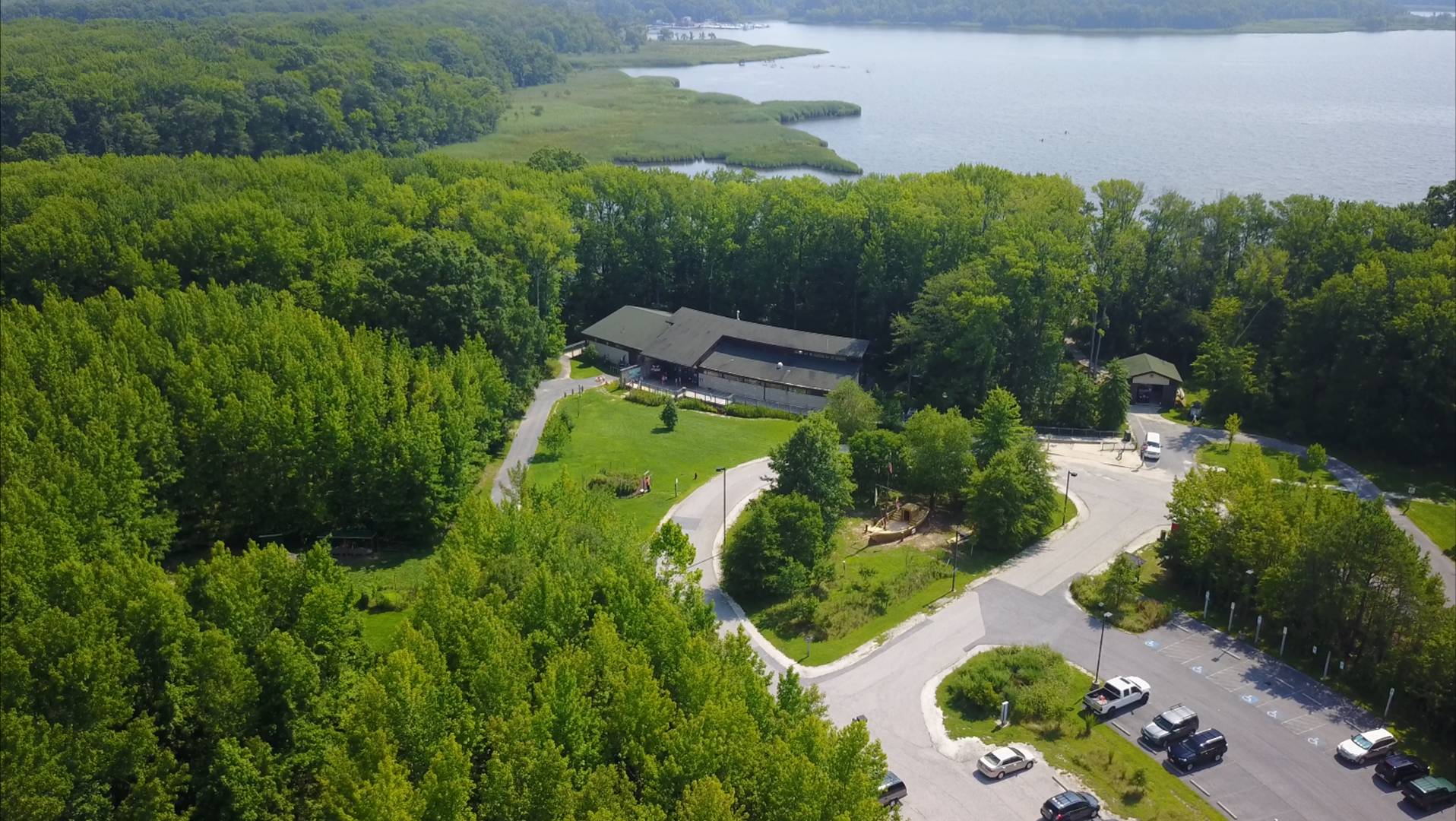The blue crab is Maryland’s state crustacean. Blue crabs are a traditional part of Summer for many Maryland residents, but these crustaceans are also an important part of the Chesapeake Bay ecosystem.
These crabs belong to the swimming crab family, meaning that their specially-adapted, paddle-like last leg makes them highly mobile. Unlike many other crab species, the blue crab travels the Chesapeake according to season and salinity.
In general, male blue crabs are found in the lower salinities of the upper bay, while females favor the saltier waters of the lower bay. This is good news for those of us that enjoy catching and eating blue crabs, as it means the rivers and creeks around Marshy Point are usually full of large, male blue crabs by late Summer.
The culinary value of the blue crab is apparent in its Latin name (Callinectes sapidus), which means “beautiful savory swimmer”. It is the most important commercial fishery in the Chesapeake Bay, with a value around 100 million dollars every year. The season for catching crabs extends through the Summer into September and early October—until they move into deeper waters to hibernate for the Winter.
However, this delicious species is also important in the ecosystem as a food source, predator, and scavenger.
It takes about a year and a half for a blue crab to develop from an egg to a crab that is an edible size. After female blue crabs mate—once in their lives, as they undergo their terminal molt from immature to mature—they move to the saltier waters of the lower bay and release up to two million eggs at a time. One female crab may produce several egg masses or sponges, spawning as many as eight million eggs over the course of her lifetime.
The eggs hatch into zoea, which molt several times and are washed along with other planktonic organisms until they reach a suitable habitat. Once there, they metamorphose into megalops and then into immature crabs.
Most that survive and grow to an edible size are caught and eaten, but there are management plans in place to maintain both a sustainable population and a commercial harvest.
To learn more about blue crabs, and to visit our resident blue crab in the Nature Center’s touch tank, stop by Marshy Point!

